Solar panels are an excellent source of renewable power with an essential role in fighting climate change, so why don’t we see more of them?
Most of the electricity generated in the U.S. comes from fossil fuels like coal and natural gas. Extracting and using fossil fuels is expensive and harmful to the environment. In contrast, solar energy creates clean, renewable power that lowers our carbon footprint and reduces greenhouse gases, favorably impacting our environment.
Of course I’ve known that solar energy is good, smart, even necessary to curb the use of fossil fuel and global warming. I vote for politicians who advocate more investment in renewable energy and I vote against those who protect the fossil fuel industry. My mom, in particular, has been vocal about wanting to ‘walk the talk’ and switch to solar herself for years, and for years I’ve nodded my head in agreement, and done nothing.
This year, perhaps because I’ve had time during the Covid19 pandemic to think more about what’s important in life, perhaps because this year has brought yet more images of catastrophic deadly floods, fires and windstorms, I started to think seriously about how my husband and I could switch to solar energy. The final push came from our fiduciary advisor, who mentioned in our last meeting how easy and financially smart it is to go solar, right now.
Myths that Held us Back
So, what took us so long? I’ve divided my hesitancy around three myths that don’t hold weight, and shouldn’t keep anyone from switching to solar.
Myth 1: Solar Panels are too Expensive
Actually, it’s financially feasible for anyone to switch to solar power, whether purchasing solar panels for one’s roof or leasing panels from a solar farm, going solar is a sound economical choice and will save money immediately on monthly energy bills.
Rebate Incentives
Currently the federal government offers a 26% tax credit which, depending on the overall cost of the panels, can be redeemed over one or two years. Every state is different, but Maryland residents receive a $1000 cash rebate.. And while every county is different, the county we live in offers a $5000 tax credit. These credits and rebates mean that it’s possible to redeem well over 50% of the price of your panels (for us it’s more like 60%) within 12 or 24 months, not counting the immediate savings earned from lower energy bills.
Free Energy from the Sun
Our panels, because of the peak of our roof and the shade from our trees, will produce approximately 92% of our electricity.. That’s 92% off our monthly electric bill and a very reasonable challenge for us to try to limit our usage by just 8% in order to reach 100% savings. That free energy from the sun will pay the balance of our investment in approximately nine years, sooner than that if electricity prices continue to rise.
If we had a softer peak to our roof, or if we had fewer trees around our house, our panels would produce more and our investment would pay for itself sooner. My mother’s new panels, for example, will produce more than 100% of her electricity needs, so she not only won’t be paying for any electricity she uses, she will receive a check each year from the electric company.
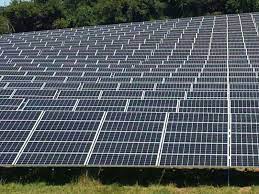
For people who don’t own their homes, live in a condo or don’t have the capital to purchase panels, solar farms are a great option. By leasing ‘shares’ on a solar farm people can switch to renewable energy and save approximately 15% on electricity.
Community Solar farms credit energy leased by subscribers to their accounts, and utility companies draw from subscriber accounts to pay electric bills. Any additional energy produced by panels leased by a subscriber are credited for use towards future energy bills or sold back to the solar farm for cash. If you’re interested, do a quick search for ‘community solar farms near me’ to see what your local options are. Solar farms also provide power to businesses and municipalities. The city I live in draws at least 60% of its electricity from leasing panels at a solar farm, and has cut its electricity bill by $50,000 a year in doing so.
Myth 2: Solar is too Complicated
With a good solar company the process is easy. Spend time to read reviews and ask for recommendations from people you trust. A reputable company will provide a free initial assessment of your home, as well as a full explanation of all the government incentives, at federal, state and county levels, that are available to you.
Our initial evaluation and meeting took about two hours and we were offered different options for panels as well as other energy saving tools, such as solar generated cooling fans, tube lights and storage batteries (which also qualify for tax credit). We had questions about installation, the structural impact on our house, equipment life span and warranty. A good company will be able to answer all of your questions with sources to follow up on for clarification and verification.
Once we signed a contract the solar company took care of the permits, inspections and other paperwork needed before installing panels on our roof. All paperwork needed for government rebates and credits is also taken care of by the solar company. Really, your only job as the purchaser is to write the check and watch with excitement as the panels go on the roof. Our panels can be monitored with an app on our phone, so we can see how much energy the panels are generating in real time as well as how each panel performs on its own so we know if a panel isn’t working properly and needs attention.
Myth 3: Solar is Less Reliable
With no moving parts to wear out, solar panels are actually very reliable. Most panels produce electricity for more than 20 years and many installers offer 25 year warranties.
And, you don’t need bright sunny days for solar to make sense. Germany (which gets less sun than every state in the Lower 48 in the US) is the world leader in solar power,. States such as Maryland, New Jersey and Massachusetts are right up there with California and Arizona as states with the most amount of solar energy available per person. Snowy conditions actually help solar panels work better because sunlight reflects off of the snow.
Reducing Our Dependence on Fossil Fuels
Using solar panels reduces our demand for fossil fuels, limits greenhouse gas emissions and shrinks our carbon footprint. According to the U.S. Energy Information Administration, the average home with solar panels in Connecticut uses 8,288 kilowatt-hours (kWh) of electricity per year. To put that in perspective, one household switching from fossil fuels to solar power has the same emissions reduction effect as planting around 150 trees every year. In New York, the average home uses 7,248 kWh of electricity annually. One household choosing solar panels can eliminate the same amount of carbon emissions that are produced from burning over 5,000 pounds of coal each year.
Wow. That’s a lot of good we can do for the environment with each house equipped with solar panels. So go ahead, you know you want to be the next in your neighborhood to go solar!
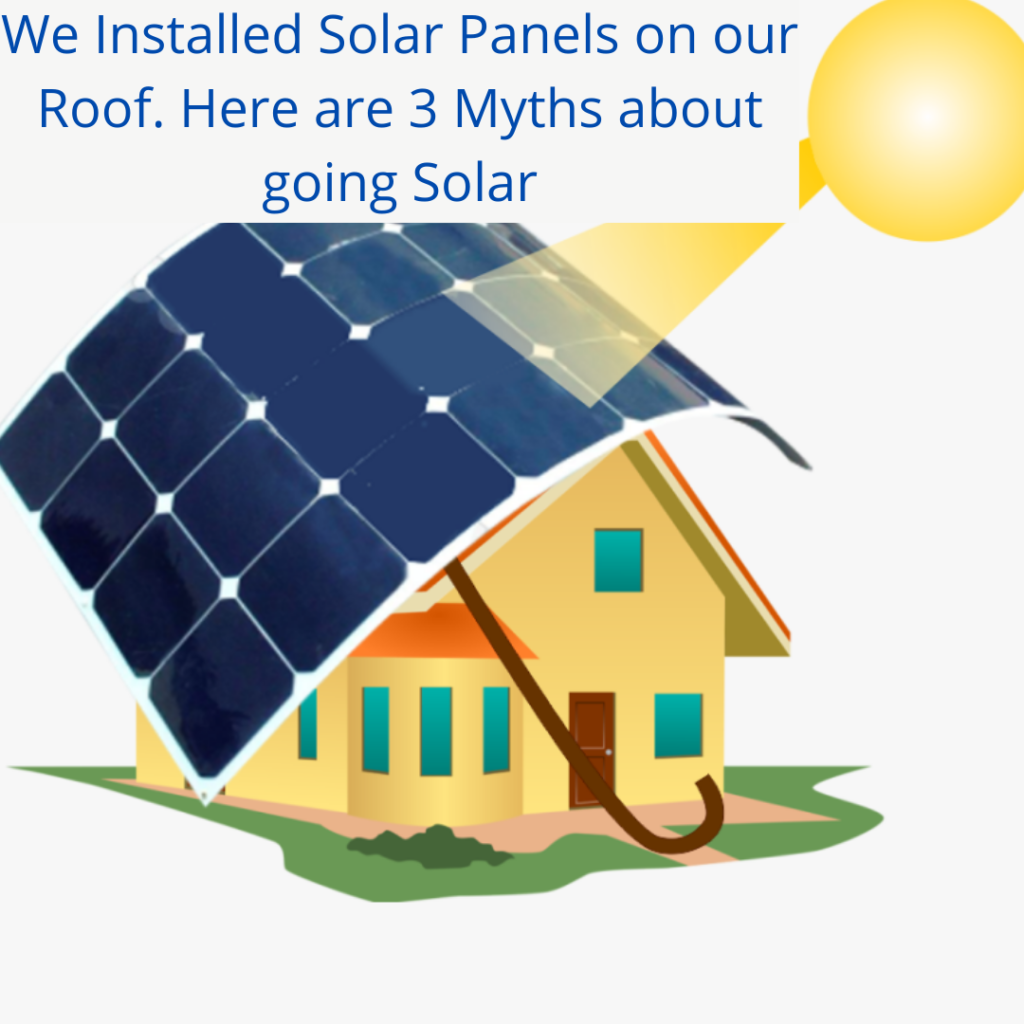

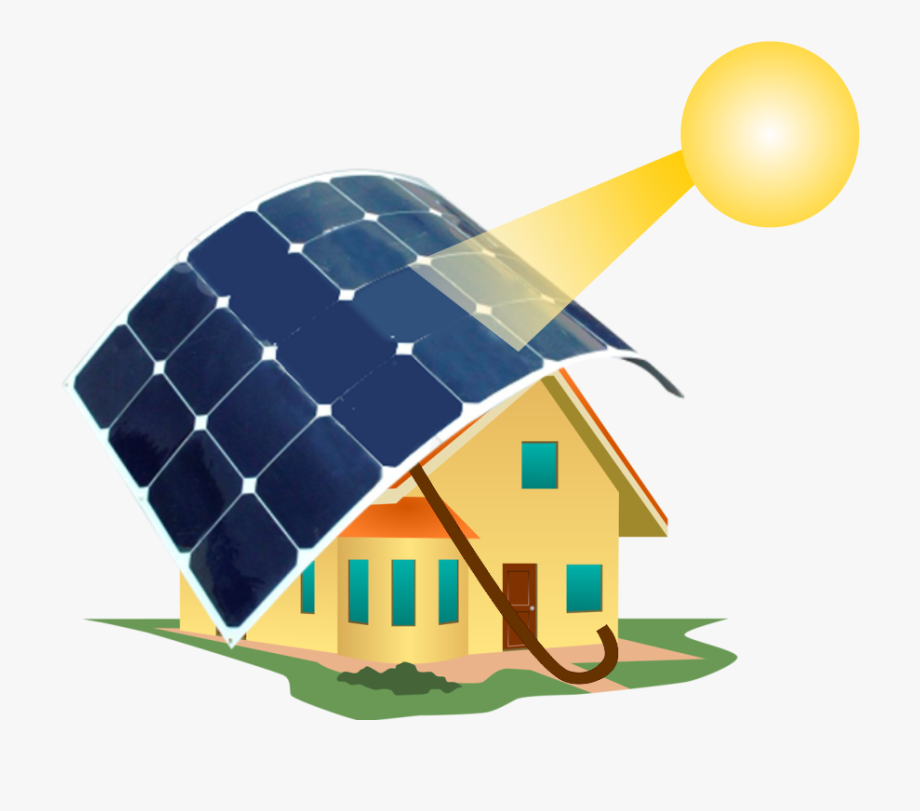
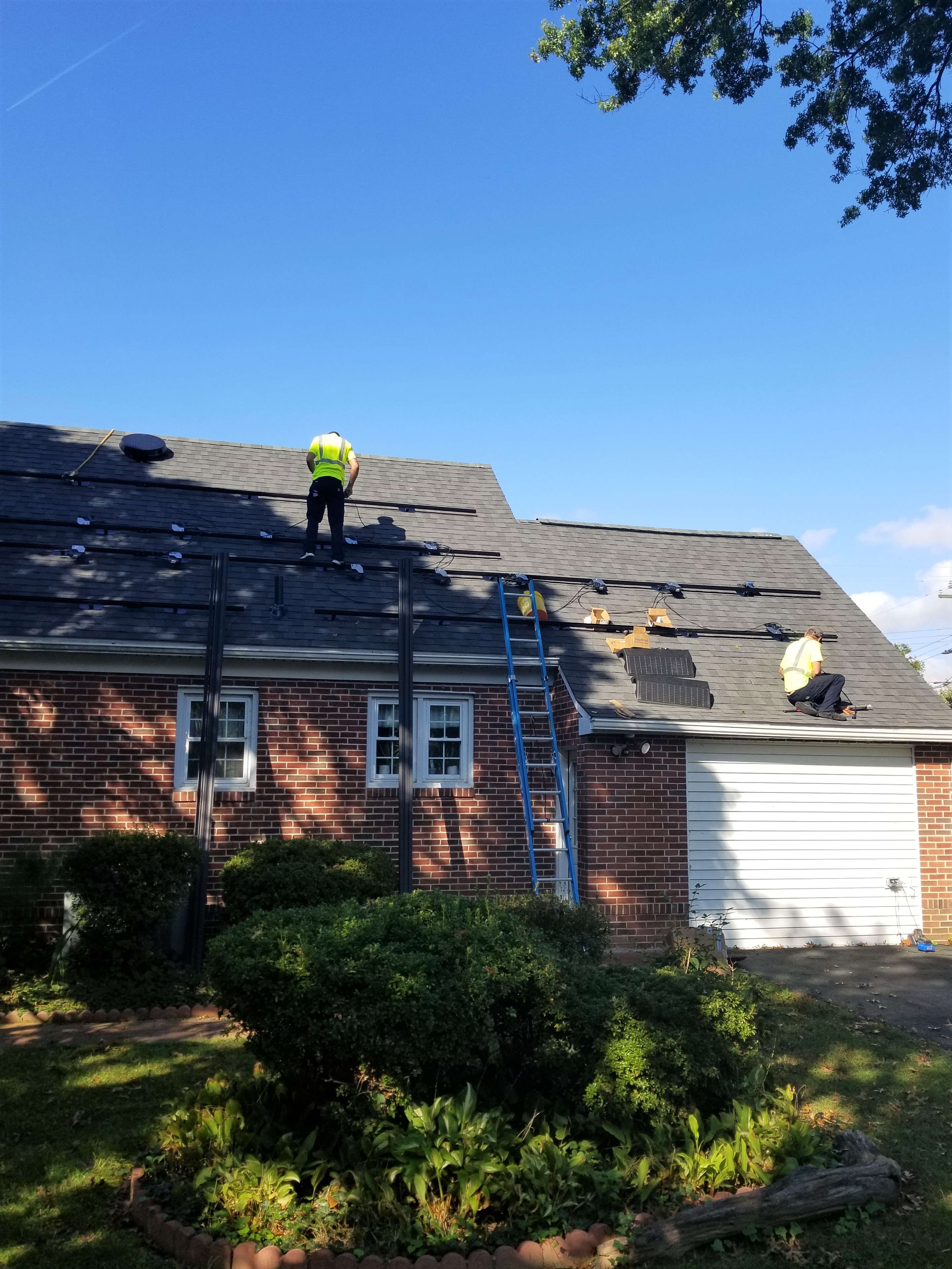
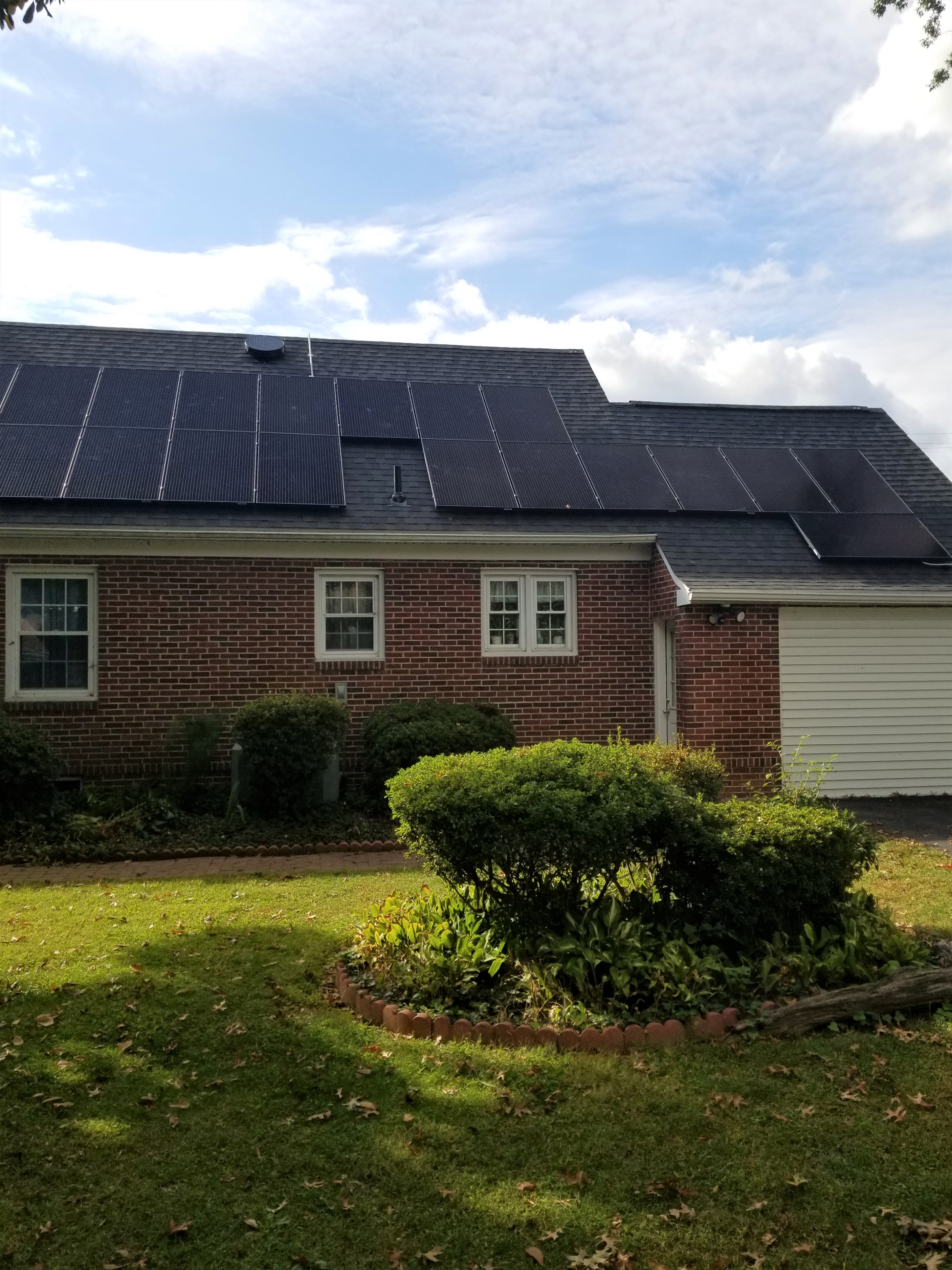
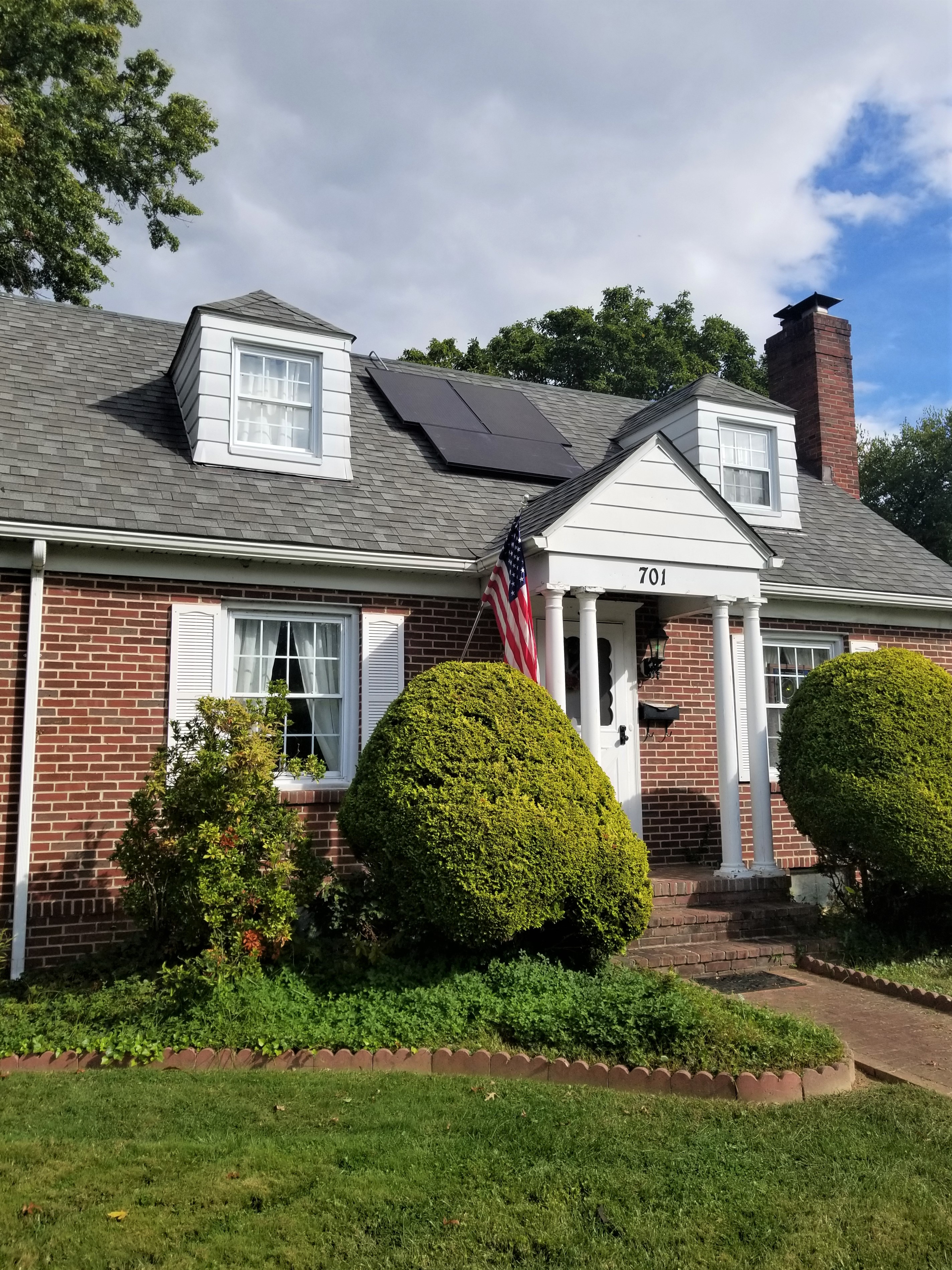
George’s big concern was how it affects our roof, and future roof replacement. We have a HUGE roof on our building. Did they go over this aspect?
Barbara, the solar company offers a roof inspection (no cost) and we had a 2nd roofer give us a free inspection as well, and decided to replace the shingles on our back roof which would have needed replacement in the next year or two anyway. Our front roof was repaired about 5 years ago and is in good shape, nothing was needed on that end. It’s an important questions because the panels have a 25 year guarantee, and while it’s note that big a deal to take them off for roof repair and then reinstall them, who really wants to deal with that?! We also had a solar powered cooling fan installed on the back roof, which will be completely paid for with the county tax rebate for solar accessories.